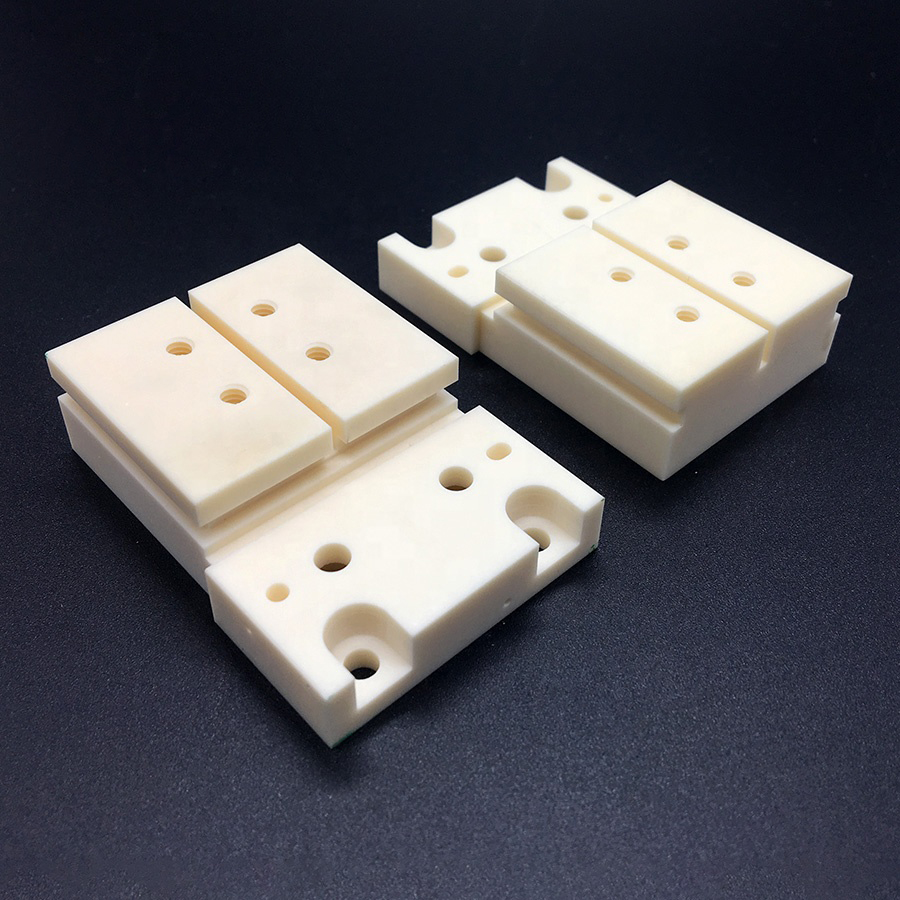In 2013, every link in the rubber industry chain continued to fluctuate in 2012, and prices were further pushed to the margins of profit. Pressure forced some companies to shut down; In addition, the signs of downstream tire price cuts were also more obvious, and industry sources said that profit margins narrowed. It is expected or will promote the integration of the industry.
The contradiction between the supply and demand of prices dropped to the cost line continues to exacerbate the industry's claim that 2013 is a “test for survivability†year. As the price of rubber products (including natural rubber and synthetic rubber) has continued to slump, manufacturers have even said that they “below the cost lineâ€. This phenomenon has not only undermined the enthusiasm of rubber farmers for planting rubber trees, but has also made it difficult for domestic agricultural enterprises to sell, and at the same time it has made profits. Severe shrinkage. A trader stated that the suspension of production in 2013 was a “routine†for the rubber industry.
The fundamental reason for the continued fall in rubber prices is the oversupply. An analyst from a brokerage firm in Shanghai said that the domestic capacity expansion is too fast and the demand growth rate cannot catch up with capacity expansion. As a result, demand cannot digest supply increments, resulting in excessive capacity expansion and excessive pressure on the supply side; The weakening of the economy has also led to a reduction in the demand side capacity and further imbalances in supply and demand.
“Although the number of production-discontinuation devices has gradually increased, due to too many new installations in the past few years, the overall market capacity still shows a significant upward trend. Therefore, domestic production capacity will continue to expand in the next few years,†the source said.
In addition, the downturn in the price of natural rubber also makes profit recovery of downstream tire companies. Despite this, the signs of a drop in tire prices are still evident. According to the heads of many large tire companies, although the cost has fallen, the market price of tires has also fallen and the profit margin has further narrowed. “It is very difficult to make profits now.â€
Resource concentration will increase industrial integration. By 2013, the China Rubber Industry Association will organize the research and development of the “Tire Industry Access Requirementsâ€. After the details are finalized, it will enter the consultation stage. It is reported that the access conditions will be determined by the specific details of the tire product quality, energy and resource consumption of tire manufacturers, as well as the emission limits for water pollution, air pollution, etc., and regulate the overall production capacity of the tire industry.
A brokerage analyst said that "tire industry access conditions" will be an opportunity for the rubber - tire production chain. He pointed out that if the implementation is strong, the SMEs in the tire industry will fall into a passive situation, market resources will be concentrated in large-scale enterprises, the industry concentration will be significantly improved; at the same time, the quality of the tires is also clearly stipulated therein, and the improvement of tire quality means The requirements for the quality of raw rubber have increased. From the perspective of the quality of rubber in the current market, only large companies can produce rubber that meets the standards. Therefore, this provision also has a certain role in promoting the rubber industry.
In addition, the contraction of profits further restrains the increase in domestic tire production in 2014, and “micro-growth†will become the keyword for tires in 2014.
A brokerage analyst said that it is expected that the growth rate of domestic tire production will be 3%-5% in the next few years, and micro-growth will become a normal state. He also said that the domestic multi-regional haze weather will curb the domestic vehicle consumption demand, coupled with the major cities in the 2014 purchase limit policy, the future deceleration of end-of-car market growth will drag down tire demand.
However, the person also said that the reduction in demand can further reduce the ineffective production capacity in the market, and the concentration of market resources will increase, providing good conditions for the consolidation of the rubber and tire industries. “The rubber-tire industry has been sluggish for almost two years. Some small and medium-sized plants have been 'deadened' and the industry is in a state of consolidation. As large companies have long-term support, market demand will reduce the impact on small and medium-sized plants, and future resources will be concentrated. It's very likely to be a big factory."
Alumina Ceramic Precision Parts
Precision High Temperature 95%-99.7% Alumina Al2O3 Ceramic Bushing Insulator for Electrical Insulating
Alumina ceramics have good mechanical strength, high hardness and good wear resistance. Excellent insulation and chemical stability. Good high temperature resistance, excellent dielectric. It has high thermal conductivity and good conductivity.
Advantages
a) Resistant to elevated temperatures
b) High hardness
c) Good wear resistance
d) Excellent chemical stability
e) High-thermal conductivity
Applications:
Heating element holders
Stand off Insulators
Interlocking Insulating Beads
Splitbush insulators
Lamp bases and caps
Regulator parts

Alumina Ceramic Precision Parts,Alumina Al2O3 Ceramic Bushing,Alumina Ceramic Insulating Part,99% Al2O3 Alumina Ceramic Parts
Hony Engineering Plastics Co.,Ltd. , https://www.honyplastic.com
![<?echo $_SERVER['SERVER_NAME'];?>](/template/twentyseventeen/skin/images/header.jpg)